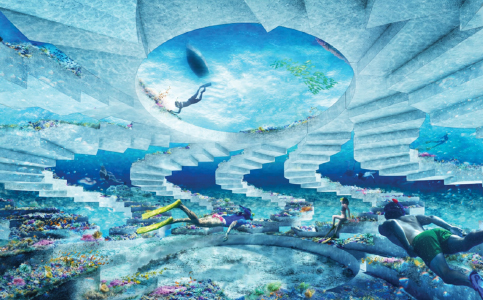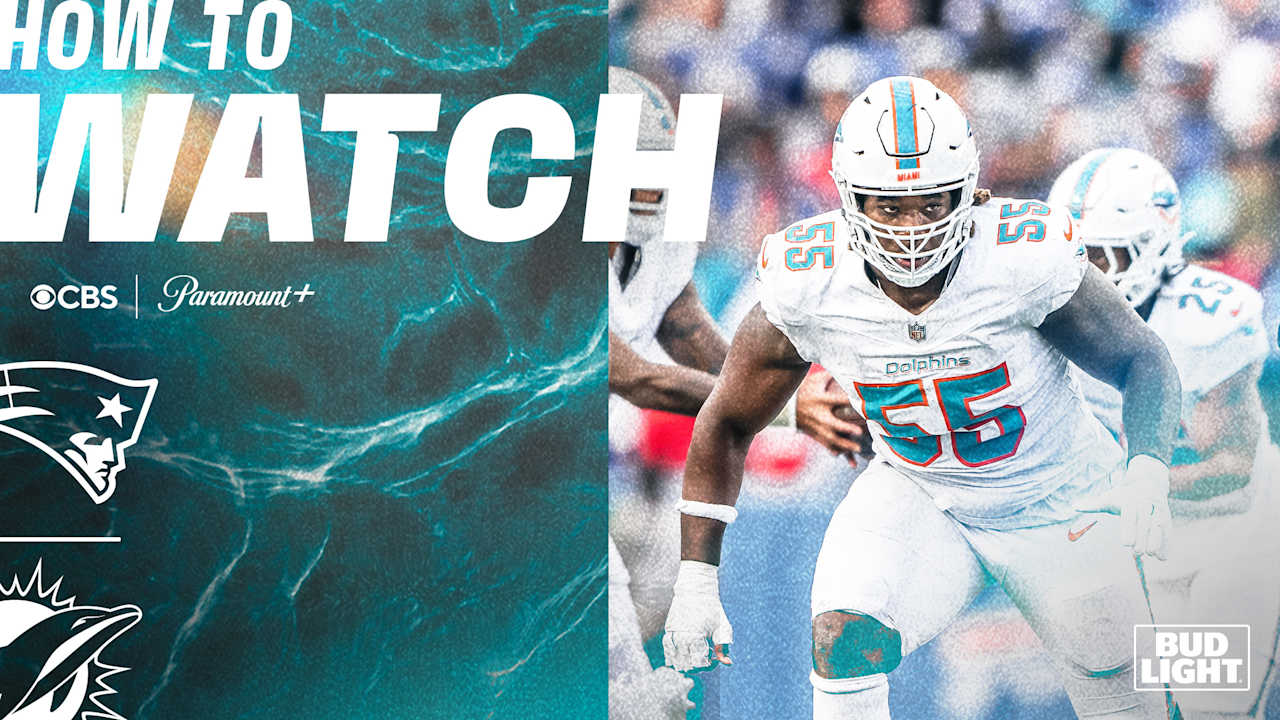Underwater snorkel trail and reef drifts behind financially
Advertisement

ReefLine, which aims to sink a seven-mile underwater snorkel art trail and artificial coral reef starting 15 to 20 feet off the coast of Miami Beach’s Fourth Street this summer, has been set back as fundraising has fallen short.
In 2021, representatives told Miami Beach’s Sustainability Committee the first art installation of the seven-phase trail would be in the water by December 2021. However, it was delayed due to Covid-19 and moved to summer 2022.
Now founder Kate Fleming tells Miami Today she’s unsure when the first installation will be due to weak fundraising. She hopes for summer or fall, depending on fundraising. Otherwise, she says, she believes it will be next spring.
BlueLab Preservation Society is looking to raise money to deploy each reef into the project. It’s estimated to cost $1 million to manufacture each reef and individually place them.
“It was a lot of things to get in order and now we have to focus on fundraising to make this okay,” Ms. Fleming said.
This women-founded, scientific project was created with the collaboration of marine biologists, researchers, architects, and coastal engineers. Their mission is to address climate change.
Involved are experts and scientists from Harvard University and the National Oceanic and Atmospheric Administration for artificial reef development and design. Twenty years ago, Nova Southeastern University arranged a series of experimental artificial reefs to the north of South Pointe Park to First Street on Miami Beach.
Mr. Fleming, the founder and director of Bridge Initiative, runs a nonprofit organization that connects art and science to create public art for environmental advocacy. She’s also vice chairman of BlueLab Preservation Society, which addresses the negatives of ocean pollution, climate change, and environmental issues by applying art, science, culture, and design.
They’re collaborating with the City of Miami Beach, University of Miami scientists, the Coral Mophological group, and visual media to protect coral reefs.
The project is supported by grants and private investors, including Miami-based Knight Foundation. In 2019, ReefLine was a Knight Arts Challenge winner.
Miss Fleming and her team had to obtain permits to begin work.
“We worked with Cummins Cederberg Coastal & Marine Engineers to do C4 surveys and biometric measurements and also applied for Army Corps of Engineers, DERM [Department of Environmental Management], and Florida Environmental Protection Agency permits,” Miss Fleming said. “We are still fundraising to be able to actually make and deploy this reef.”
Shohei Shigematsu, a partner of the New York organization OMA, proposed the project’s master plan. According to OMA’s website, he has been the driving force for most of the organization’s projects as he leads the firm’s assorted portfolio.
The running tab was set to be $500,000-$800,000, which would include startup, authorization, research and master plan costs, and the cost of units being less.
The first module is to consist of two art installations: a model of an underwater “traffic jam” and the “underwater folly,” which will resemble the circle made by OMA.
The completed project envisions an underwater public sculpture park, a snorkel trail, and an artificial reef 7 miles long, connected by breakwaters and lessening the water energy from storms and swells.
Leandro Erlich, an Argentinian artist who is creating the first reef, plans to create an underwater representation of “Order of Importance,” which is a 22-car-shaped reef made from sand. It will most likely become covered by marine life, such as overgrown coral and sponges, within 10 years.
“It kind of looks like an underwater dystopian parking lot. Kind of making commentary on what our future could be,” Miss Fleming said.
It’s predicted all seven phases will be complete in five to ten years when Bluelab fully secures permits from Army Corps of Engineers. The number of art installations to be sunk for the project isn’t yet final.
A recent report said scale models of the first installations were being readied for testing at UM’s wave simulator, which can replicate category five hurricanes. Material from the scale models will encourage the habitation of sea life.
“We’ve got a tank at University of Miami, so we’ve tested it to scale with different storm systems and different surfing waves to make sure that it’s not affecting the surf, because the community was concerned,” Miss Fleming said.
“I hope it teaches [visitors] something new and it also brings a different crowd that’s maybe more for ecotourism,” she said. “Hopefully, it will change the way people use and behave on the beach, because once they know that there’s beautiful fish and marine life, maybe they’re going to stop throwing their trash everywhere.”


